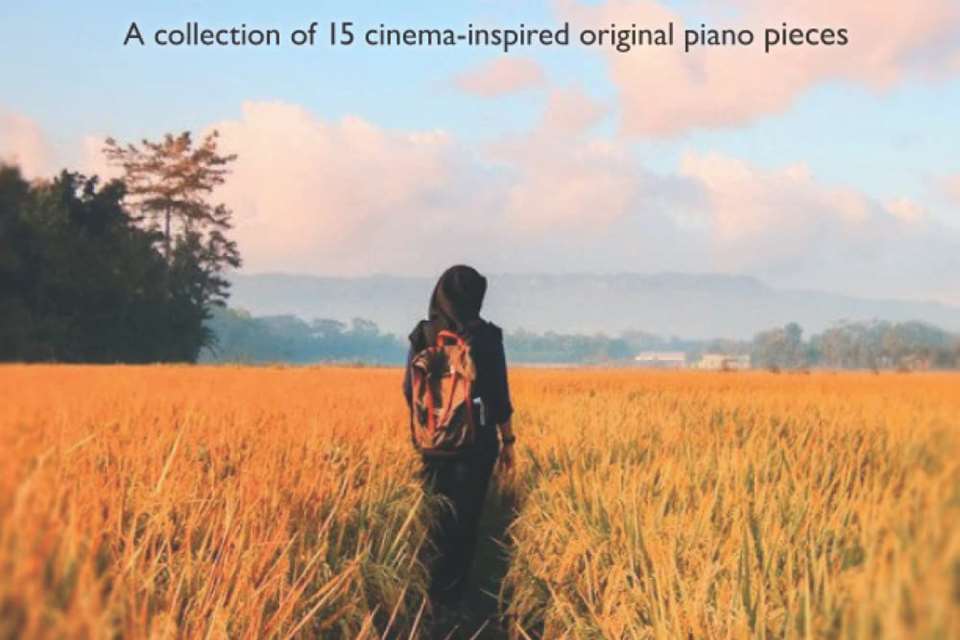Reviews: Instant Primary Music Lessons
Jimmy Rotheram
Saturday, July 1, 2023
Jimmy Rotheram takes a look at Ann Bryant's book Instant Primary Music Lessons, published by Rhinehold Education, and assesses its suitability for your classroom.

We all remember school ‘Music Appreciation’ lessons which simply involved listening to a piece of music in stony silence and then writing about how it uses musical elements to achieve certain desired outcomes. Many of us are probably still recovering.
The listening activities in Instant Primary Music Lessons are a powerful antidote to this. They cover a broad spectrum from the barely-active doodle-and-listen to the highly-active full-body-percussion. Movement is a very welcome driving force. Many activities are imaginative, musical, full of learning potential and link well to other art-forms; the feel of long and short notes is linked to poetry and morse code, for example, while other activities link to storytelling, art and mythology.
For teachers wanting to engage children in the study of Western classical music, this book could be just the ticket. It provides a broad range of music beyond the ‘white, European, male’ stereotype by including composers such as Carreño and Dett. However, those looking for more recent music beyond the Western classical model may be disappointed.
The book tries to be many things all at once. It claims to be a sequence of 33 lessons which can also be used non-sequentially. It's a book for both specialists and novice teachers. Supporting videos are designed to be a training and preparation aid to watch in advance of lessons, but also during lessons (using the pause) for the class to practise with. It's aimed at classes of beginners who have yet to learn about ‘pulse/beat’, yet some lessons feature part-singing, reading compound rhythms and relatively advanced materials.
Being both sequential and non-sequential is problematic: if the latter, ‘rubato’ may be taught before ‘pulse’; if the former, we encounter unprepared notation, crotchets, quavers, rests, beat-counting and time-signatures as soon as the second lesson. There is little by way of chunking and scaff olding to prepare such things. The major scale for tonic solfa, with hand signs, is presented all at once before quickly moving to aural dictation! Compare this to a Kodály approach (such as in Rowsell and Vinden: Jolly Music), which introduces such concepts incrementally and over several years. Instant Primary Music, for me, tries to cover too much, too quickly.
There is nice sequencing in some parts of the book; the cuckoo lesson, for example, moves nicely from a listening activity to a singing and listening game. However, there are also pedagogical issues. We do not always see the journey from concrete experience to symbolic representation that one would expect to see in Kodály and Dalcroze approaches – ‘symbol before sound’ abounds. In one lesson, musical terms are written on the board before the concepts have been experienced or even listened to; in another, children are asked to name a clarinet (early in KS1) without prior knowledge of what one is and what ‘instruments’ are – a big ask. There are also issues around rhythmic fidelity, such as ‘hamster’ and ‘yellow’ being used for quavers, which will cause problems for non-specialists. A lot of these issues could have been fixed by a notification at the start of each lesson as to what prior knowledge is expected.
Formative assessment can be tricky for non-specialists, also. There is some guidance in the author's videos, but it's not always clear what a successful lesson looks like or what is expected of the children, or what feedback to give. The word ‘arco’ is presented in lesson three with a picture and description. Do we want children to know and understand this word, or is it just for reference? Would they know what a violin is? Should children be able to identify it by sight?
While the videos may be useful when preparing a lesson, I would not use them directly with the children. There are lengthy explanations at the start of some that I know my EAL and SEND would switch off from. The videos I saw for review were also of poor audio quality (noisy and hissy), although I have been assured that this is being corrected.
Ultimately, in trying to cover too much too quickly, this product is unhelpful to nonspecialists. There is also much within it to frustrate Kodály and Dalcroze specialists in terms of how learning, and particularly solfa, is presented. On the other hand, many listening activities are imaginative and effective. If you have an established curriculum in your primary school, or if you are a music specialist, you will identify and know where to slot in the useful activities. It may be a welcome additional resource, and at roughly £1 per lesson, with video, the book does represent good value.






